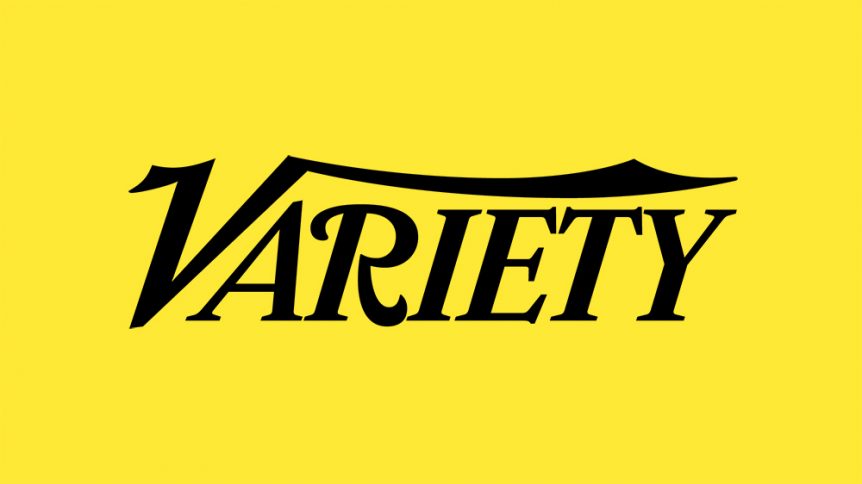A few years ago, you’d never expect to see a TV event flooded with tech companies and minds. Now that’s the norm and was ever-so-apparent at last week’s Variety TV Summit. Several hundred of the brightest network presidents, CMOs, talent, trailblazers gathered in LA to discuss the state of TV, insights, and trends surrounding the future of content as we know it. Here’s our three biggest takeaways from the nonstop affair.
There’s room for all content providers to flourish
We keep reading, seeing, and hearing about the mass explosion of streaming video and direct-to-consumer content providers and how this will lead to the demise of linear TV. That couldn’t be further from the truth and the morning’s keynote panel reinforced that.
A star-studded panel that included: Sarah Barnett (President, Entertainment Group AMC Networks), Paul Telegdy (Co-chairman NBC Entertainment), Albert Cheng (COO & Co-Head Television Amazon Studios), Jeffrey Hirsch (COO Starz), Gary Levine (President Showtime) and Adam Lewinson (CCO Tubi TV) touched on how their respective businesses are succeeding and presented with unique challenges in today’s ecosystem.
From M&A and content licensing to advertising, each and every one of them is presented with different opportunities and obstacles. However all of them agree this proliferation is good for business. It enables globalization for the Showtimes and Starzs of the world. The streaming behemoths have the ability to introduce new talent and cultural content to other audiences. Linear networks have a variety of touchpoint and subsequent data points to curate content. And new AVOD services continue to build massive and expansive content libraries.
TV advertising isn’t going anywhere
With the gargantuan growth of OTTs, has come the theory that it’s due to consumers disdain for ads. However the increase in AVOD subscribers suggest otherwise.
Tubi’s Adam Lewinson discussed how there is enough to go around for ad-supported and ad-free models. According to Tubi research, 85% of consumers prefer ad-supported models and 85% of cord cutters are doing so to save money.
On the linear TV side, ad sales are still flourishing. According to Barnett and Telegdy, quality is the key to keeping the momentum going – providing quality ads to consumers and actually offering a quality environment for advertisers to advertise in. The streaming companies and SVODs don’t do that and it still gives linear and AVODs a major point of differentiation.
The set-top box still matters
Tech companies are finally making it easy for linear networks to take set-top box viewing data and build audiences based on those viewer habits. Matthew Weisbecker, GM Media & Entertainment – Conversant Media, explained how they’re extracting and anonymizing data, and then messaging viewers accordingly.
The ability to tie STB data to audiences is changing the game for TV marketers and content teams, by informing what works and what doesn’t. We know that viewers aren’t loyal to networks anymore, so being able to produce relevant content and marketing strategies that engage audiences in a meaningful way will mitigate the loss.
The summit was just one day, but it was packed full of big voices and bigger ideas. Where it gets really interesting is how much will the network and OTT folks in the room enact these insights to stay ahead of the curve?
To see how VuPulse can enact these insights for you, shoot us a note.

